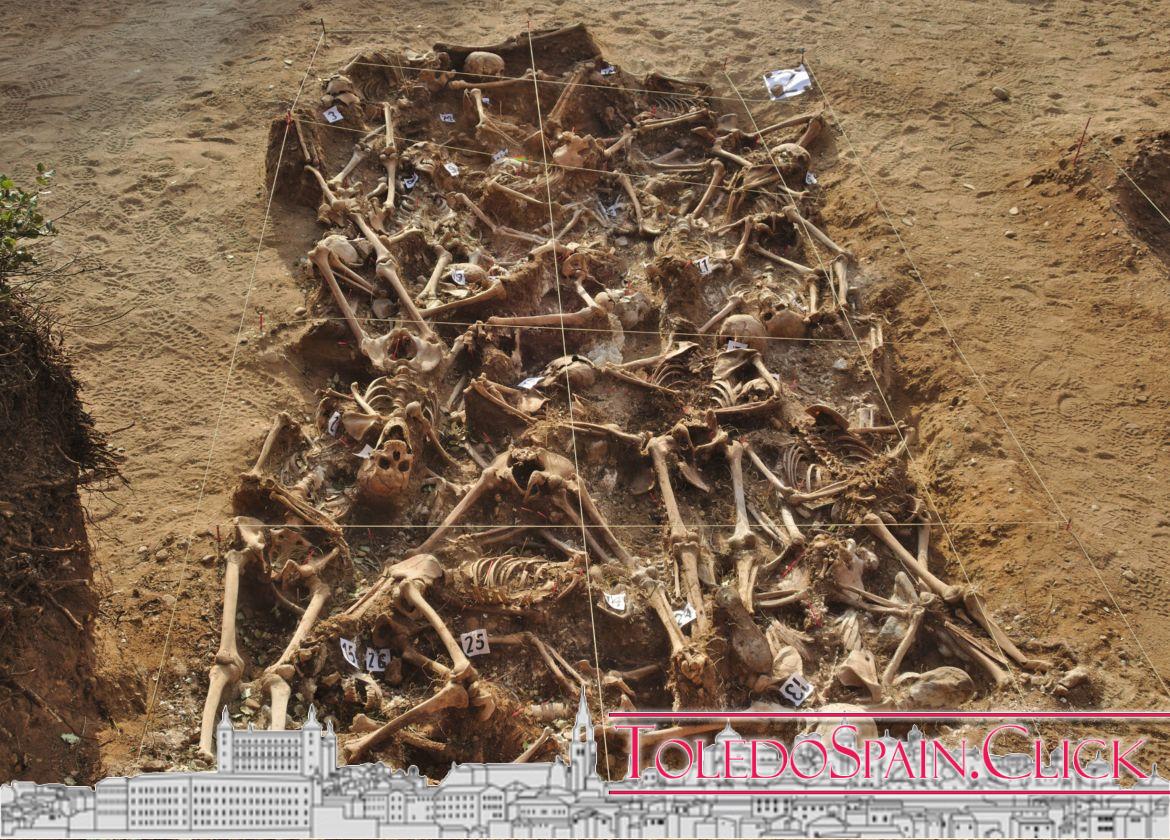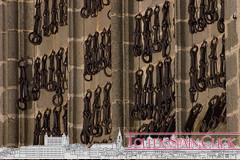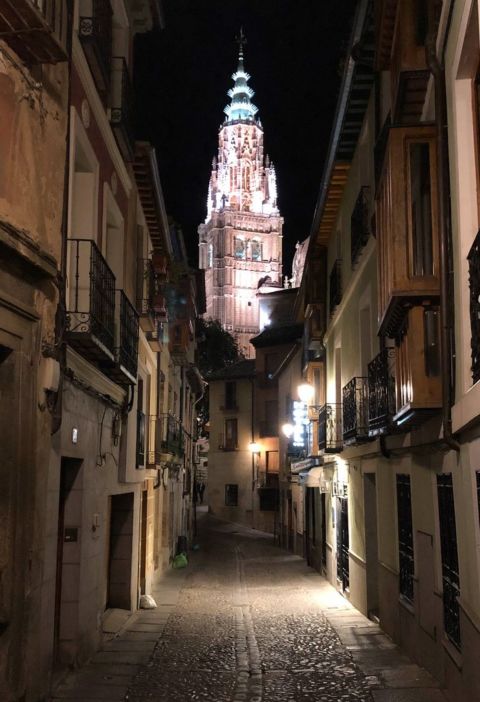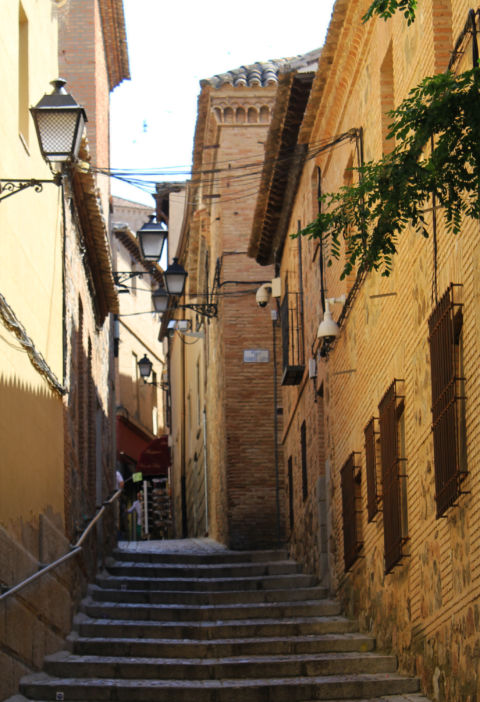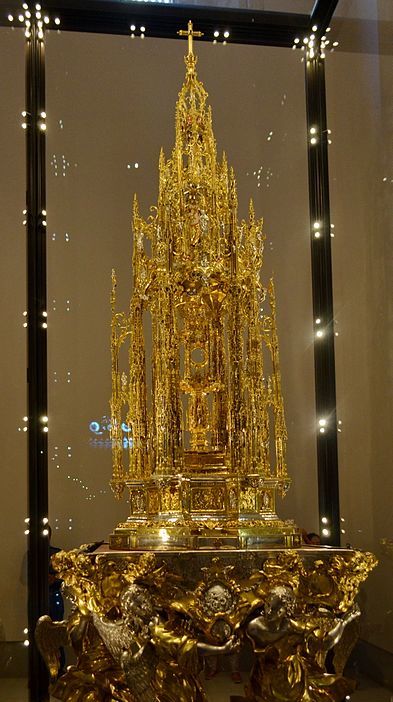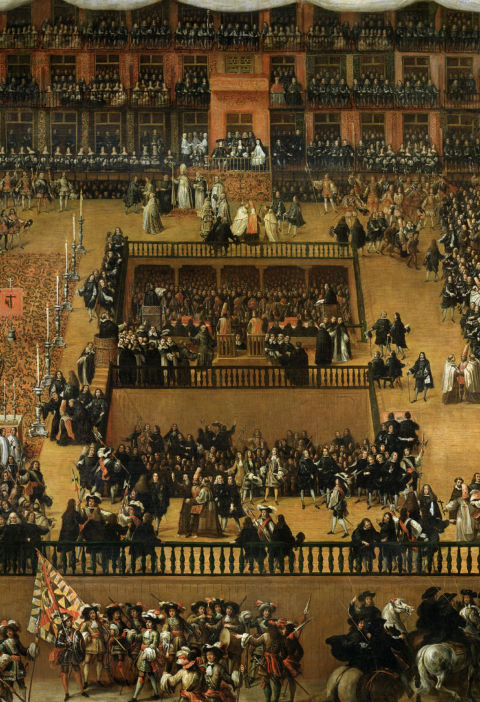If there is one issue that interests the many people who come to enjoy guided tours, especially night tours, it is the issue of murder and crime. There are many documents in the Municipal Archive of the city that are related to these issues in Toledo and its province. Documentation that, to a large extent, belongs to the 17th century. And if we add to this the fact that it is sometimes related to the paranormal phenomena that occur in many parts of the city and buildings, we have the main ingredients for its success. It is the Toledo of murders and crimes.
Some time ago, reviewing documentation in the Toledo Municipal Archive, we came across cases and complaints that really caught our attention. As we go through these documents, we find news such as: “Ex officio cause for ill-treatment against Martín Romo, who assaults his wife and throws his own daughter into the fire”, in 1627, or “Ex officio process against Gabriel González for injuries, as he stones a neighbor in the cheek. The prisoner declares that before throwing the stone when passing by the street he saw “a luminary over a wall of Alonso Muñoz”, [the victim], so it seems that the aggression is involuntary “, of the same year, are examples of the quantity of processes that we find in relation to the subject. Many of them, too, produced by settling scores, by amancebamientos and by vengeance.
I’m sure you’re also interested: The unknown Toledo. This is Toledo 18

If we go into the narrow streets of the city, we will find different stories related to crimes and murders. A very curious one is the one that takes place in the middle of Tripería street (very close to the cathedral), an area of mancebías until well into the 20th century. Due to the constant fights and delinquency in the area, El Diario de Toledo, in 1894, narrates the news that a guard we are talking about, died stabbed there. The young men of the alcahoz were accused of his death due to the fact that they insisted that these vigilantes leave that place and go and watch other parts of the city [1].
Also in relation to this issue, Enrique Sánchez Lubián rescues, from the newspaper “La Campana Gorda”, the murder committed by two brothers known as “los pajeros. 2] A corporal lost his life in a house of lenocinio that was located in the street of the dam, very near the street of Candelaria. The corporal was stabbed to death in the left groin, causing him to bleed to death. And another event, occurs in an environment similar to the previous one, in a mancebía, very close to the Plaza de San Justo. There Juanito “the blind” died, but not for murder, but for falling down an embankment. Nothing could be done for him.
 Cruz Tumularia in Toledo
Cruz Tumularia in Toledo
Swords. Death in Toledo: tumularian crosses
There are not a few tumulary crosses that we find in different corners of the city of Toledo. Many of them are located in places conducive to fighting such as the areas of mesones (by the square of Zocodover…) but also in remote places that were conducive to committing crimes. Many are hidden, in discreet places. The tumultuous crosses that we find, therefore, carved in ashlars, in columns of the city and in walls make reference to the fact that, in that same place, there had been a violent death, mainly due to a duel. In fact, it will be the Council of Trent who will dictate that those people who fought in mourning would be excommunicated. And this is why, when someone died in mourning, they did not receive a Christian burial, but were usually buried in common graves. By putting a cross in the place of death, the intention was that everyone who passed by and saw a cross should pray for the soul of that person who had remained anchored there, to help him make the transition to the other life.
Many of these stories can be heard on a guided tour, also on a Free Tour of Toledo. Apart from accessing old prisons, such as the dungeons of the Posada de la Hermandad where many of these delinquents of Toledo and its province, found their end, an end that, on many occasions, was not desired by them.
Text: Alberto López Miguel, 21/03/2018
Sources:
1] RODRIGUEZ GONZÁLEZ, A. Justice and criminality in Toledo and its Montes. Toledo, 2009.
2] SÁNCHEZ LUBIÁN, E. Double detention of the “Pajero” : for murder (1905) and for fugitive (1918). ABC Toledo, 2017.

